Is Interior Design Done Indoors or Outdoors?
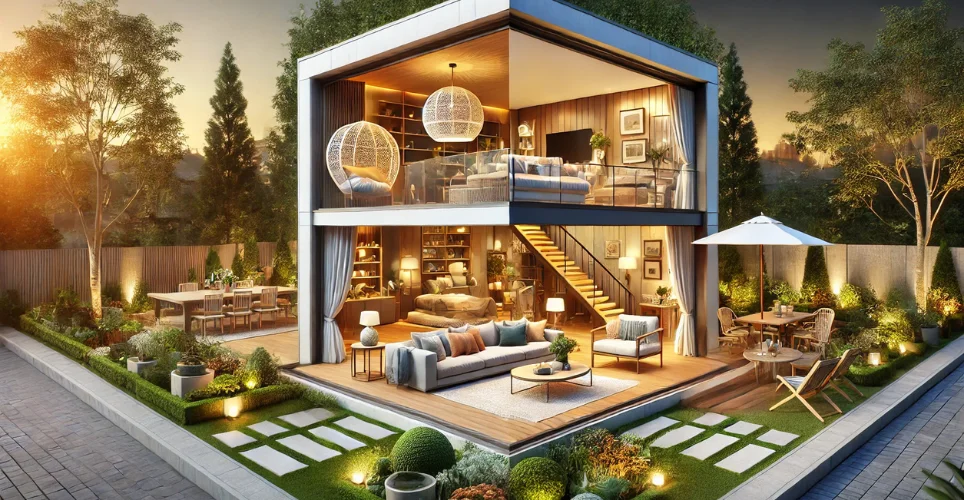
Interior design is traditionally associated with enhancing indoor spaces. However, modern trends challenge this notion. Many elements of interior design now extend outdoors, blurring the lines between the two. This article explores whether interior design is strictly an indoor activity or if it extends to outdoor spaces as well.
Understanding Interior Design
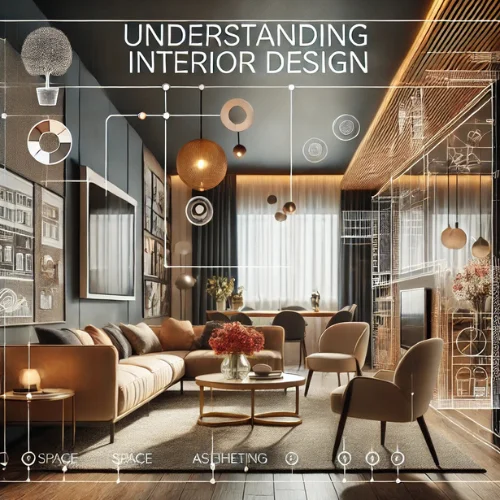
Interior design is the art and science of improving indoor spaces. It focuses on aesthetics, functionality, and user experience. Designers use color schemes, furniture, lighting, and textures to create harmonious environments. While it mainly applies to enclosed spaces, some principles influence outdoor areas too.
The Role of Interior Designers
Interior designers plan and structure indoor spaces. Their work includes:
- Choosing color palettes
- Selecting furniture and decor
- Enhancing lighting and space usage
- Ensuring functionality and comfort
- Meeting clients’ preferences
Most of these tasks occur indoors, but some projects extend beyond traditional boundaries.
The Emergence of Outdoor Interior Design
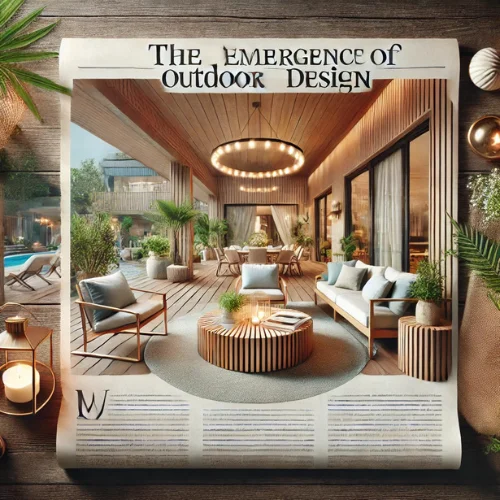
While “interior” suggests enclosed spaces, many designers apply their skills to outdoor areas. This is especially true in residential and commercial settings where outdoor comfort is a priority.
Elements of Outdoor Interior Design
Outdoor spaces can be designed similarly to interiors. Some elements include:
- Seating Arrangements – Sofas, lounge chairs, and tables create inviting spaces.
- Lighting Solutions – Outdoor lamps, lanterns, and LED strips add ambiance.
- Flooring Options – Decking, tiles, and outdoor rugs enhance aesthetics.
- Decor and Accessories – Artwork, cushions, and plants personalize spaces.
- Functional Spaces – Kitchens, lounges, and entertainment zones improve usability.
Outdoor interior design focuses on aesthetics and functionality, just like indoor design. The main difference is material selection, as outdoor environments demand weather-resistant options.
Indoor vs. Outdoor Interior Design
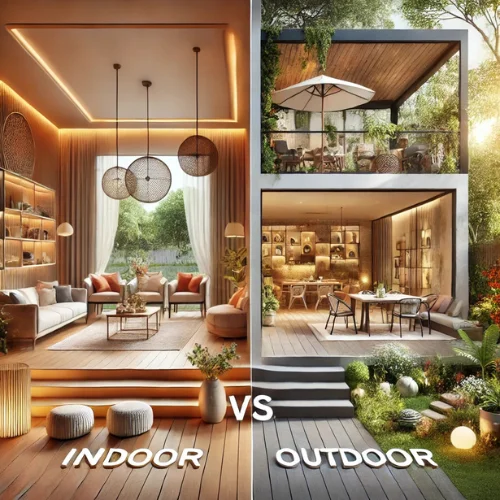
Key Differences
| Aspect | Indoor Interior Design | Outdoor Interior Design |
|---|---|---|
| Materials Used | Wood, fabric, wallpaper | Metal, stone, weather-resistant fabrics |
| Lighting | Artificial sources (LEDs, lamps) | Natural light and outdoor fixtures |
| Furniture | Sofas, beds, cabinets | Patio furniture, lounge sets |
| Color Choices | Controlled, consistent schemes | Inspired by nature, flexible |
| Climate Control | HVAC, insulation | Shade structures, pergolas |
Despite these differences, the design principles remain similar.
Overlapping Concepts
- Aesthetics – Both spaces require careful color selection and coordination.
- Functionality – Indoor and outdoor areas must be practical and user-friendly.
- Comfort – Furniture and accessories should enhance comfort in both settings.
- Zoning – Different areas serve different purposes, whether inside or outside.
Can Interior Designers Work Outdoors?
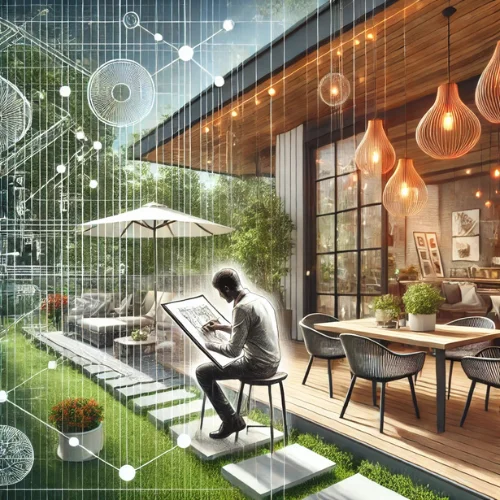
Yes! Many interior designers incorporate outdoor projects into their work. They design patios, balconies, and garden lounges. They also collaborate with landscapers and architects to create cohesive indoor-outdoor transitions.
Examples of Outdoor Interior Design Projects
- Luxury Patios – Complete with sofas, fireplaces, and entertainment centers.
- Outdoor Kitchens – Featuring weatherproof countertops, grills, and seating.
- Garden Lounges – Relaxing spaces with furniture, lighting, and decor.
- Poolside Retreats – Designed with shade structures and comfortable seating.
- Balcony Designs – Styled with rugs, plants, and small furniture.
The Growing Popularity of Indoor-Outdoor Living

Modern homes and businesses are embracing seamless transitions between indoor and outdoor spaces. Open floor plans, large glass doors, and covered patios blur the boundaries.
Benefits of Indoor-Outdoor Living
- More Natural Light – Enhances mood and reduces electricity use.
- Increased Space – Outdoor areas extend living spaces.
- Better Airflow – Creates a fresher and healthier environment.
- Higher Property Value – Well-designed outdoor spaces attract buyers.
Challenges in Outdoor Interior Design
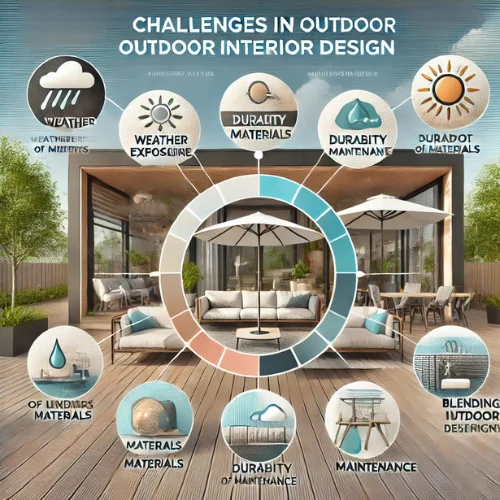
While outdoor interior design is appealing, it has challenges.
Common Issues and Solutions
- Weather Conditions – Use weather-resistant materials and coverings.
- Maintenance – Choose low-maintenance furniture and decor.
- Privacy Concerns – Install fences, screens, or green walls.
- Lighting Issues – Incorporate outdoor-friendly fixtures.
- Pest Problems – Use insect-repellent plants and protective covers.
FAQs
1. Can interior designers work on outdoor spaces?
Yes, many interior designers create outdoor living areas. They apply indoor design principles to patios, gardens, and balconies.
2. What is the difference between interior design and landscaping?
Interior design focuses on furniture, decor, and functionality, while landscaping involves plant selection, garden layouts, and outdoor structures.
3. Are outdoor furniture and indoor furniture interchangeable?
Not always. Outdoor furniture is made from weather-resistant materials. Indoor furniture is not designed for exposure to sun, rain, or wind.
4. Can an outdoor space have an interior design theme?
Yes! Outdoor spaces can follow themes like modern, rustic, bohemian, or coastal, just like indoor areas.
5. Do interior designers need special training for outdoor projects?
While not mandatory, knowledge of weather-resistant materials, landscaping basics, and outdoor lighting is beneficial.
Conclusion
Interior design is no longer limited to indoor spaces. Many of its principles apply to outdoor areas, creating stylish, comfortable environments. The key difference lies in material selection and environmental factors. As indoor-outdoor living gains popularity, interior designers increasingly incorporate outdoor projects into their portfolios. Whether inside or outside, the goal remains the same: to enhance aesthetics, functionality, and comfort.



